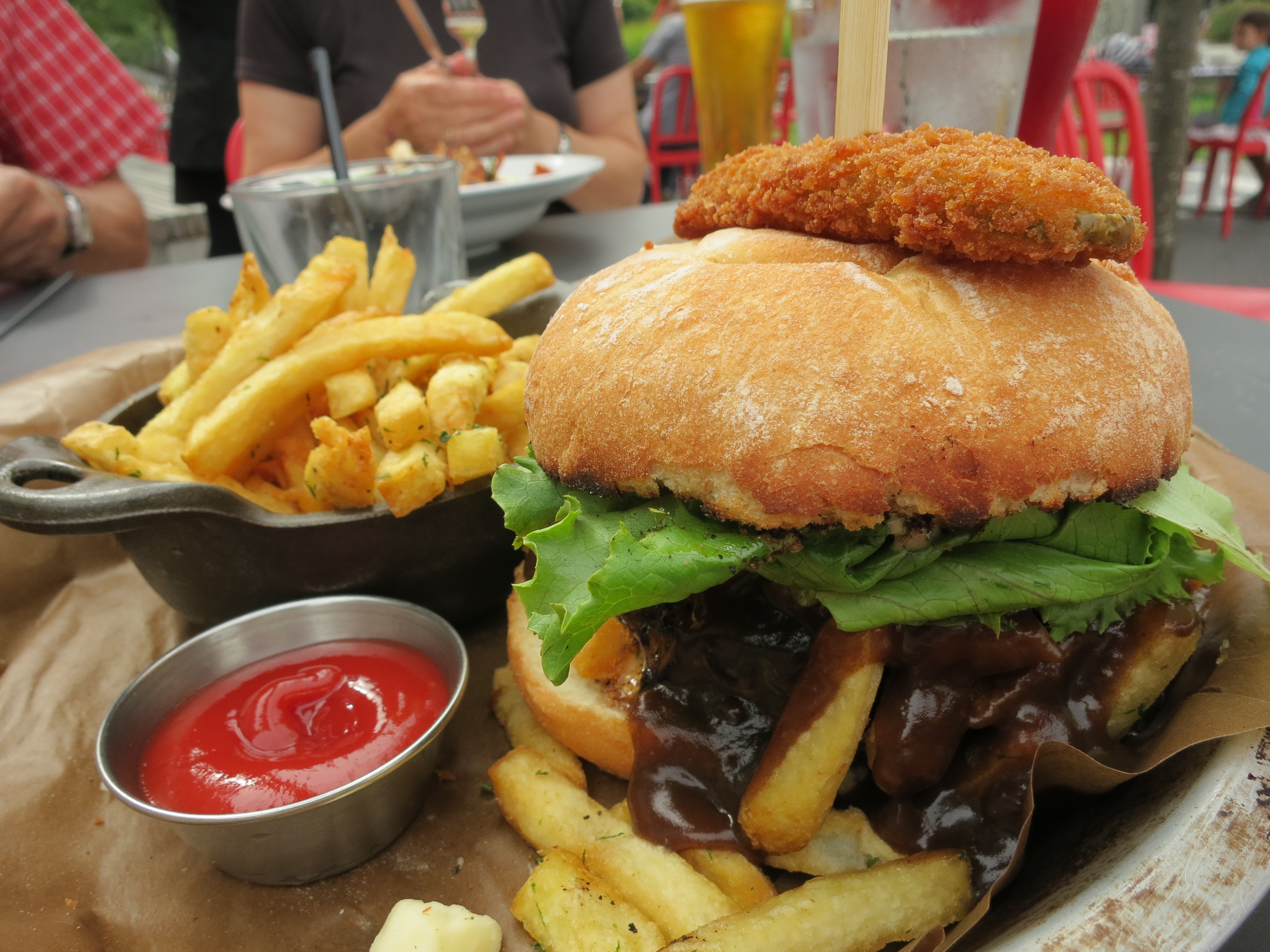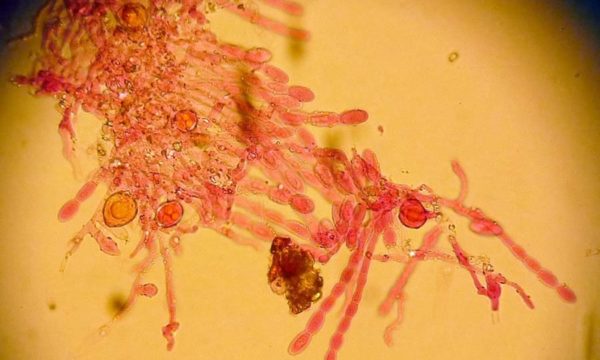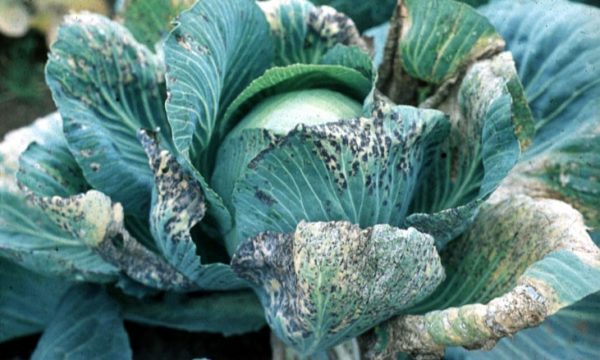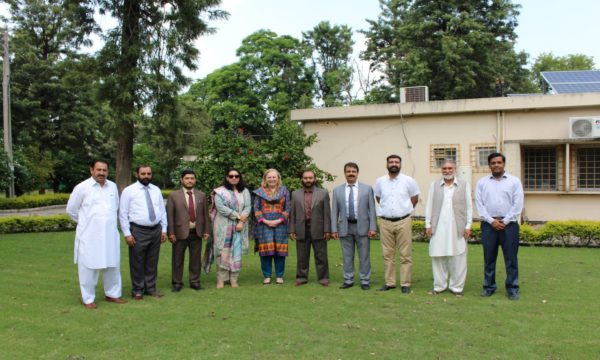
Photographing food can help dietitians assess diets more easily. Photo by Ruth Hartnup
There’s been a thing on social media for a while of photographing what you’re about to eat – whether it’s to brag about what fancy restaurants you go to or to show off your cooking skills, with hashtags such as #Eatingfortheinsta, #foodie and #foodporn. But food photography could play a useful role in helping dietitians to measure more accurately what people are eating.
Traditional diet recording involved the eater making a pen and paper record of all foods and beverages consumed over a week. More recently, computerised forms have been used. However, this is still a burdensome task for both the subject and the dietitian, and prone to error.
There are now a variety of commercial available smartphone apps that allow dieters to count calories, mainly by entering what they believed they had consumed in the last 24 hours. Studies showed that apps were consistent in assessing energy and macronutrients. However, most nutrients were underestimated (Griffiths et al., 2018)
The apps required people to identify the food they’d eaten from a checklist, and participants sometimes found this difficult to do, leading to underreporting. Using food photography of meal plates before and after has enabled dietitians to be more accurate about portion size. The apps can assess the portion size, and also prompt the subject with an identification of the food.
In an article in CAB Reviews, Margaret Allman-Farinelli says that the testing of image-based dietary assessment is “demonstrating promising results”. Computer recognition of the vast range of foods available around the world is still challenging. “The digital imaging apps show great promise to reduce participant burden and excellent acceptability, but there is still more evaluation to be completed.”
While self-reporting on what you have eaten using a photo-app may be better than keeping a conventional food diary, there is still a risk that people will forget or deliberately avoid recording some food and drink. Using chest or ear-mounted cameras to monitor food intake has shown subjects tend to underestimate their food consumption by a significant amount (e.g. Pettitt et al. 2016).
Allman-Farinelli says automatic image capture “can complement other methods of dietary intake that mostly underestimate energy and food intake.” However, using such automatic capture would not be practical in non-institutionalized settings. But she concludes that “with machine learning and continual evolution of algorithms we can expect to benefit from further developments, particularly for image-based assessment”.
Allman-Farinelli, M. (2018) Using digital media to measure diet. CAB Reviews 13, No. 034, 1-7.
Related News & Blogs
Transforming agriculture with drones: empowering youths for a sustainable future
On this UN World Youth Skills Day 2023 (Saturday, 15 July), we celebrate the transformative power of skill development in shaping the lives of young individuals and creating a brighter future, writes Violet Ochieng’ – winner of the Carol Ellison Scienc…
14 July 2023




